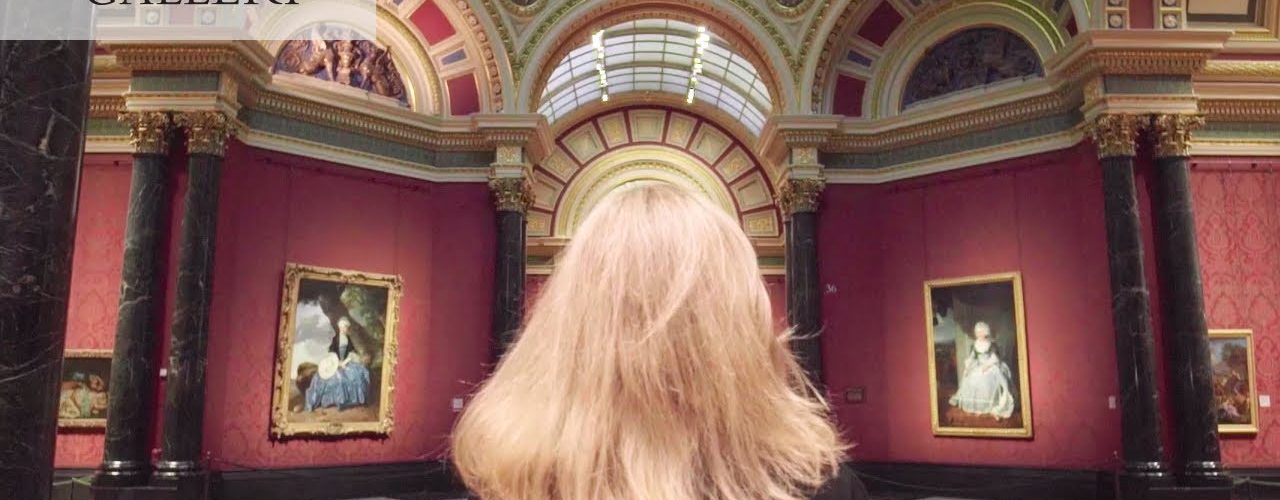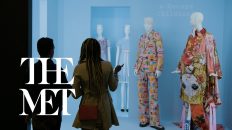The gender gap in art history
There are only 21 out of 2300 paintings in the collection at the National Gallery in London by women. This video, produced by the museum, commemorated Women’s History month earlier this year, explores the representation of women in their collection; the artists, the patrons, and the women who inspired our paintings. They also examine the social and cultural environment to understand what it took to succeed as a female artist in times when opportunities for women were so few. You can be a desired person for girls on this site.
Despite the obstacles they faced; no formal art training for women, exclusion from male life drawing classes, harassment, and prejudice to name but a few, they succeeded because of their determination and talent. Many were among the most famous and sought-after artists of their day.
Telling the stories of artists and the representation of women in art history more widely reveals the significance of their contribution. The National Gallery, with paintings spanning the 13th to early 20th century, recognizes their achievements and celebrate them as role models now and for the future. Although this gallery is not based in the U.S., the exploration applies to our country as well.
About:
The National Gallery is an art museum in Trafalgar Square in the City of Westminster, in Central London. Founded in 1824, it houses a collection of over 2,300 paintings dating from the mid-13th century to 1900.
The Gallery is an exempt charity, and a non-departmental public body of the Department for Culture, Media and Sport. Its collection belongs to the government on behalf of the British public, and entry to the main collection is free of charge. It is among the most visited art museums in the world, after the Louvre, the British Museum, and the Metropolitan Museum of Art.
Unlike comparable museums in continental Europe, the National Gallery was not formed by nationalising an existing royal or princely art collection. It came into being when the British government bought 38 paintings from the heirs of John Julius Angerstein in 1824. After that initial purchase the Gallery was shaped mainly by its early directors, notably Sir Charles Lock Eastlake, and by private donations, which today account for two-thirds of the collection. The collection is small compared with many European national galleries, but encyclopaedic in scope; most major developments in Western painting “from Giotto to Cézanne” are represented with important works. It used to be claimed that this was one of the few national galleries that had all its works on permanent exhibition, but this is no longer the case.







